living organisms
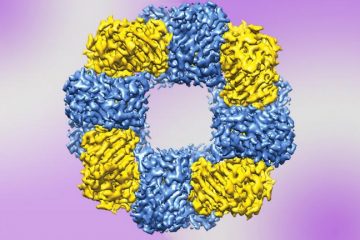
Scientists coax proteins to form synthetic structures with method that mimics nature
Now a team of biologists from The University of Texas at Austin and the University of Michigan have invented a way to build synthetic structures from proteins,…
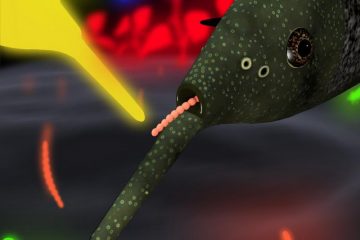
Fish recognize their prey by electric colors
Elephantnose fish are nocturnal, which means they cannot rely on their eyes when hunting for prey. But they don’t need to:
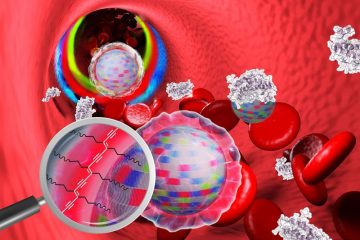
Stealth-cap technology for light-emitting nanoparticles
Nanoparticles are tiny structures, typically less than 100 nanometers in size, which is about 500 to 1000 times smaller than the thickness of a human hair.
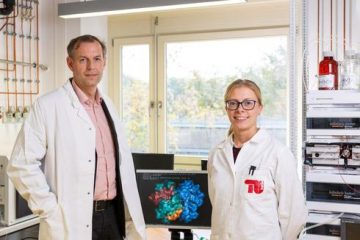
In focus: Peptides, the “little brothers and sisters” of proteins
TU Berlin is to act as host university of the new “Bioactive Peptides – Innovative Aspects of Synthesis and Biosynthesis” Research Training Group (RTG2473/1).
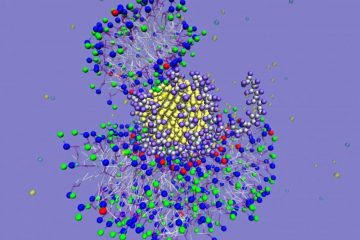
Study provides insight into how nanoparticles interact with biological systems
Personal electronic devices — smartphones, computers, TVs, tablets, screens of all kinds — are a significant and growing source of the world's electronic…

Investigating the Liliput effect with computer tomography
In a pilot study, palaeobiologists from the GeoZentrum Nordbayern at Friedrich-Alexander-Universität Erlangen-Nürnberg (FAU) have now succeeded in…